When a massive star collapses under its own gravity, it can trigger a supernova explosion, leading to the formation of either a black hole or a magnetar. Like black holes, magnetars are strange and powerful cosmic entities, with magnetic fields up to a quadrillion times stronger than the Sun's. Their cores are so dense that just a teaspoon would weigh a billion tons.

One peculiar magnetar in the Milky Way, called “XTE J1810-197,” was dormant for a decade between 2008 and 2018. In 2018, the magnetar woke up and notoriously started emitting radio waves, per Space. The mysterious radio bursts have puzzled scientists for so many years until some scientists attempted to explain it in a study published in the journal Nature.
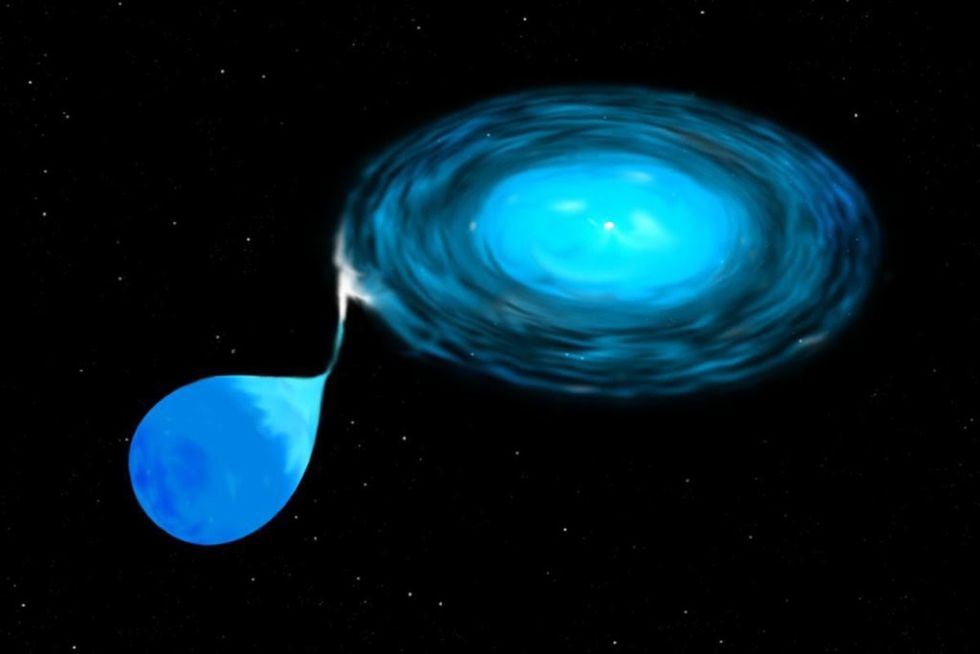
The magnetar was first discovered in 2003. Then it went into dormancy. In 2008, it just stopped emitting any radio waves. In 2018, the weird star awakened once again. To understand what was happening, a team of scientists analyzed the two sets of radio waves—one emitted before the star went to sleep and one emitted after it woke up in 2018.
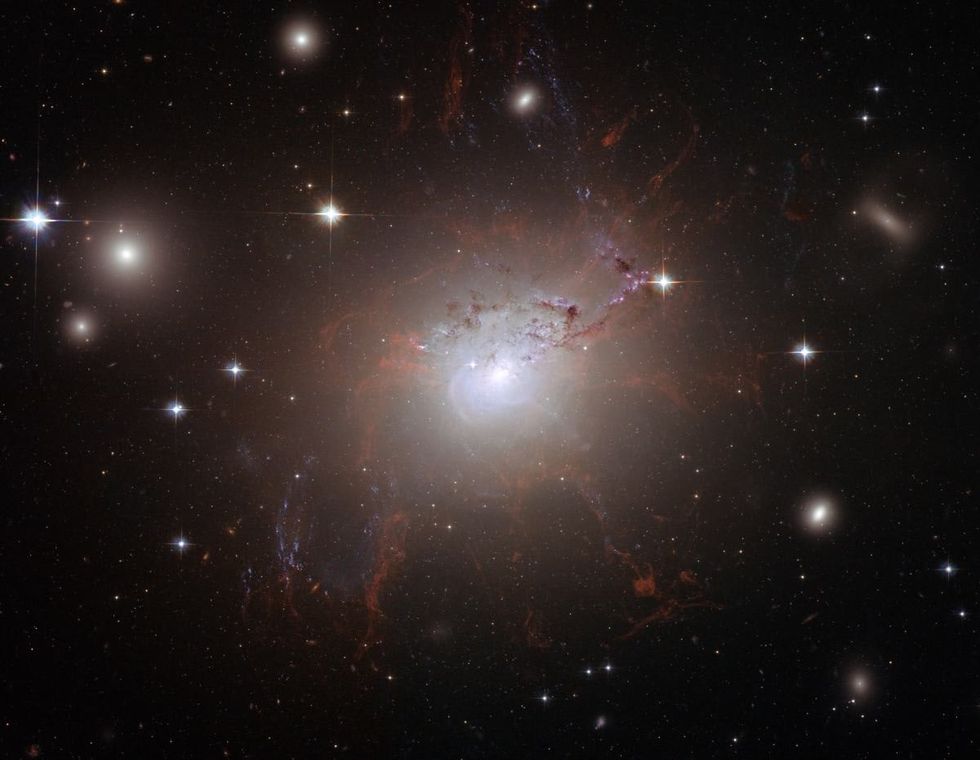
The astronomers used the Australian Commonwealth Scientific and Industrial Research Organisation's (CSIRO) radio telescope, Murriyang, to study the unusual magnetic field, as per the press release by the University of Sydney. Dr. Marcus Lower, a postdoctoral fellow at Australia’s national science agency CSIRO, and lead researcher, said the results are totally unprecedented. "Unlike the radio signals we’ve seen from other magnetars, this one is emitting enormous amounts of rapidly changing circular polarization. We have never seen anything like this before,” Lower said. Most magnetars are known for emitting polarized light that is revealed in the form of waves, however, this bizarre magnetar was found to be emitting circularly polarized light. As it traveled through space, the light spiraled in circular formations.
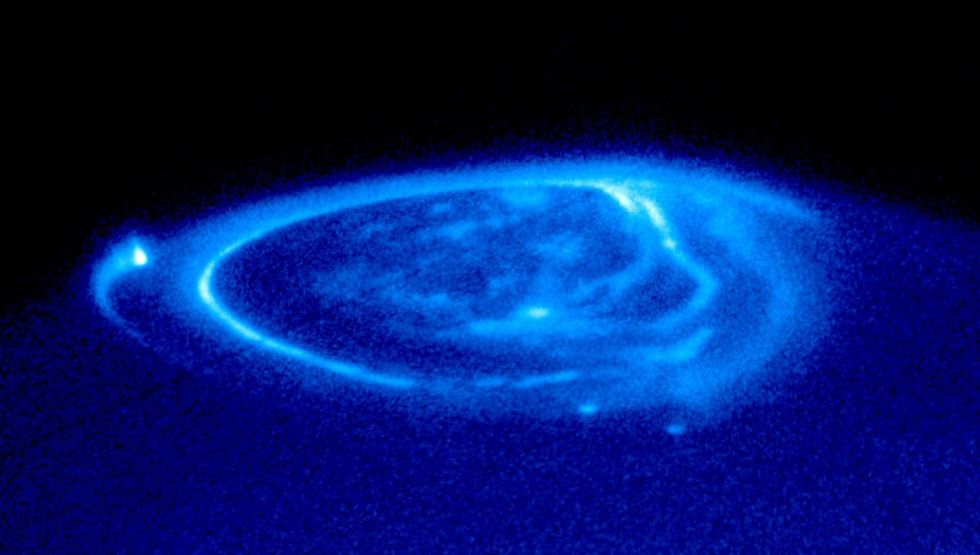
Co-author Dr Manisha Caleb from the School of Physics and University of Sydney Institute for Astronomy added, "The signals emitted from this magnetar imply that interactions at the surface of the star are more complex than previous theoretical explanations.” Although researchers are still unsure of the cause behind these mysterious radio bursts, Lower proposed that there is a superheated plasma above the magnetar’s magnetic pole, which is acting like a polarizing filter, but how exactly the plasma is doing this, he’s not certain.
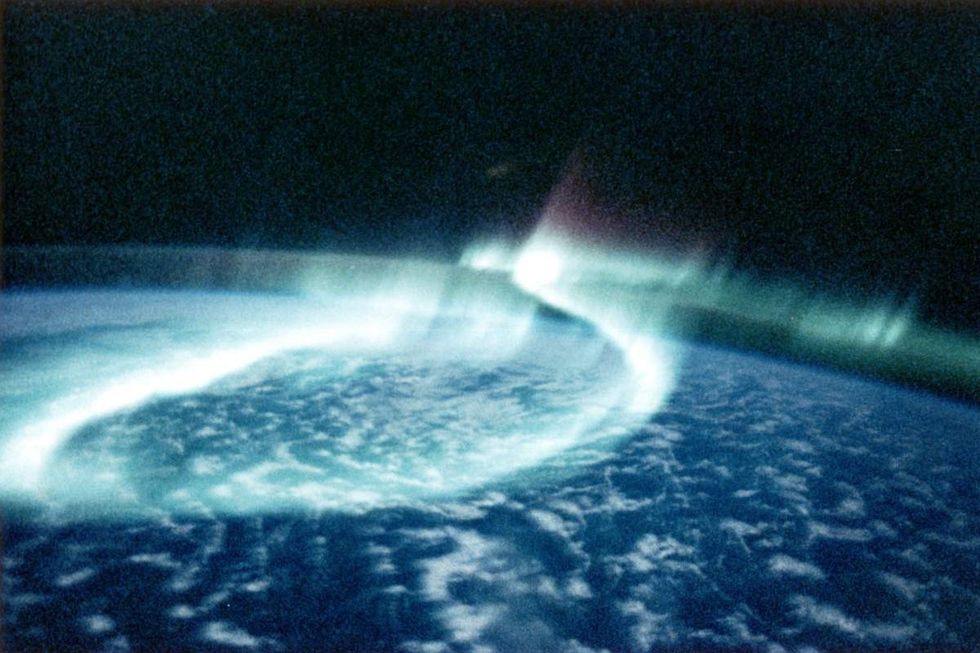
Other researchers, according to Science Alert, suggested that the magnetar’s polarization revealed a shift in its magnetic orientation concerning Earth. It seemed to be wobbling like a spinning top. But over the next few months, this rotation damped down and eventually stopped. This notable behavior can reveal something about the innards of a neutron star. "Damped precession of magnetars might shed light on the inner structure of neutron stars, which is ultimately related to our fundamental understanding of matters," said astrophysicist Lijing Shao of Peking University.


















 Representative Image Source: Pexels | Anni Roenkae
Representative Image Source: Pexels | Anni Roenkae Representative Image Source: Pexels | Its MSVR
Representative Image Source: Pexels | Its MSVR Representative Image Source: Pexels | Lucian Photography
Representative Image Source: Pexels | Lucian Photography

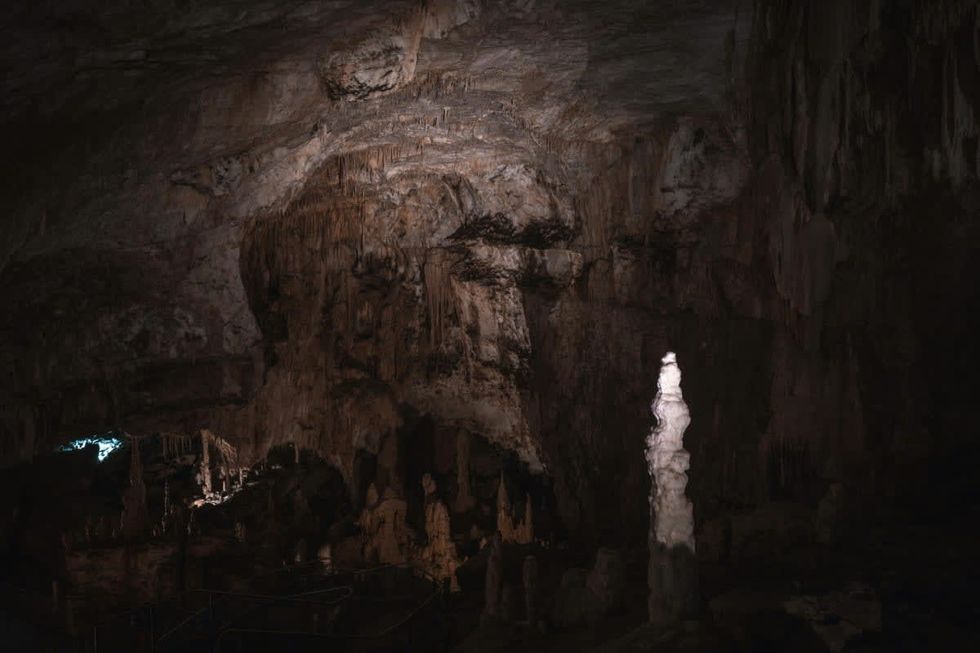 Representative Image Source: Pexels | francesco ungaro
Representative Image Source: Pexels | francesco ungaro Representative Image Source: Pexels | parfait fongang
Representative Image Source: Pexels | parfait fongang Image Source: YouTube |
Image Source: YouTube |  Image Source: YouTube |
Image Source: YouTube |  Image Source: YouTube |
Image Source: YouTube | 
 Representative Image Source: Pexels | Hugo Sykes
Representative Image Source: Pexels | Hugo Sykes Representative Image Source: Sectional view of the Earth, showing central fire and underground canals linked to oceans, 1665. From Mundus Subterraneous by Athanasius Kircher. (Photo by Oxford Science Archive/Print Collector/Getty Images)
Representative Image Source: Sectional view of the Earth, showing central fire and underground canals linked to oceans, 1665. From Mundus Subterraneous by Athanasius Kircher. (Photo by Oxford Science Archive/Print Collector/Getty Images) Representative Image Source: Pexels | NASA
Representative Image Source: Pexels | NASA




 Representative Image Source: Pexels | Steve Johnson
Representative Image Source: Pexels | Steve Johnson Representative Image Source: Pexels | RDNE Stock Project
Representative Image Source: Pexels | RDNE Stock Project Representative Image Source: Pexels | Mali Maeder
Representative Image Source: Pexels | Mali Maeder
 Photo: Craig Mack
Photo: Craig Mack Photo: Craig Mack
Photo: Craig Mack